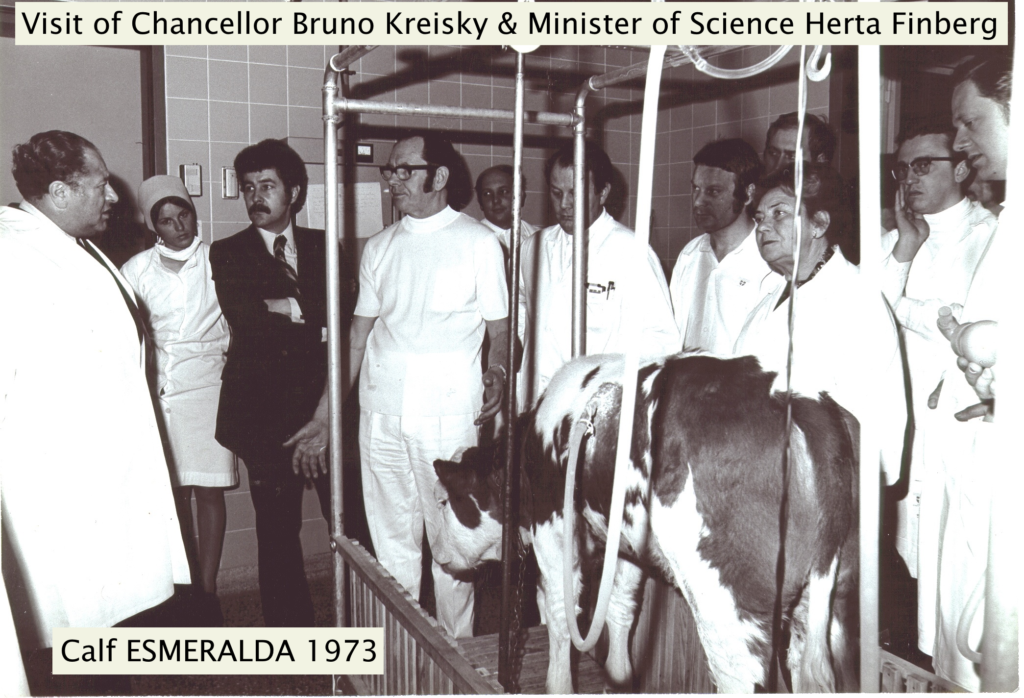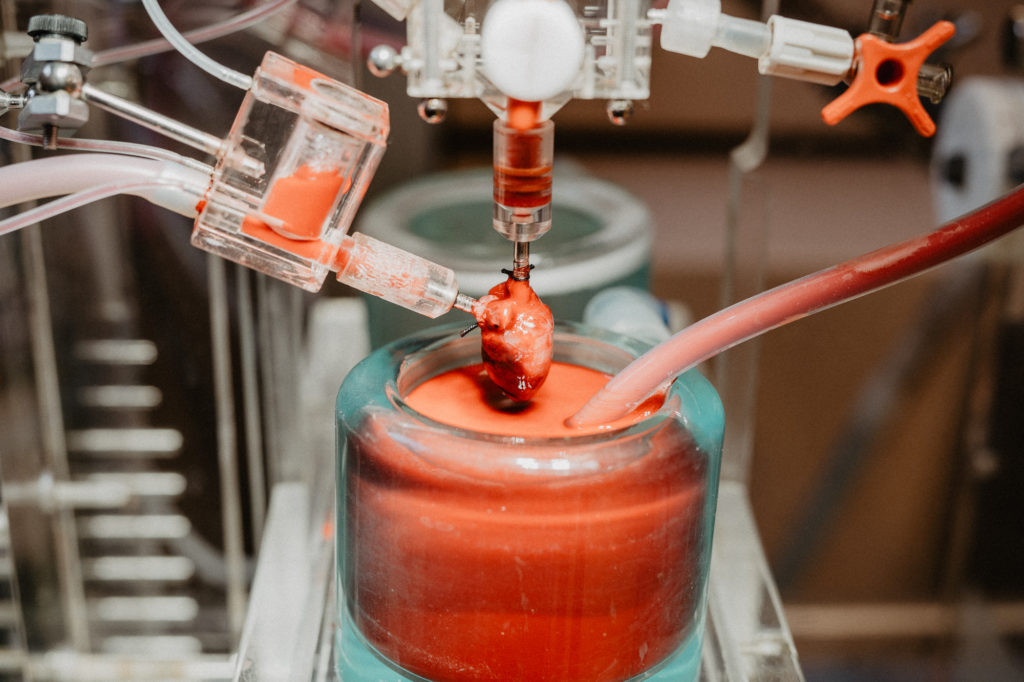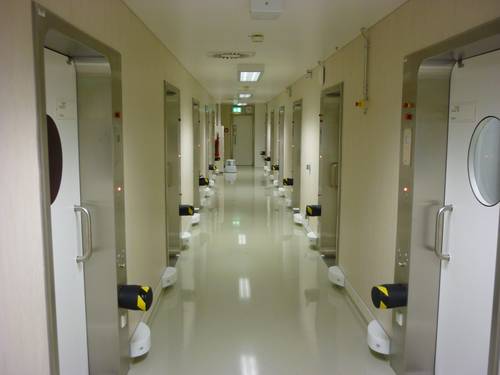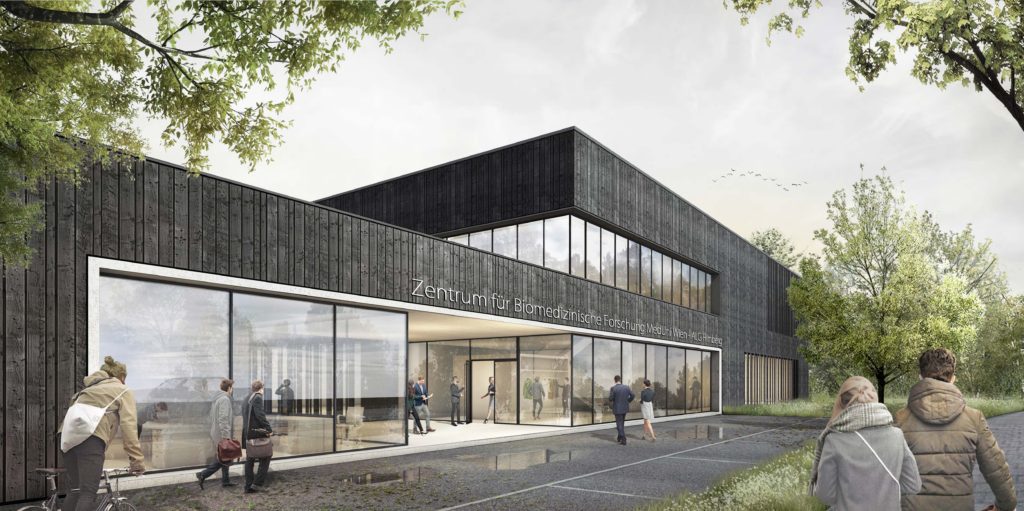The Development Until 1991
The members of the research group were, besides many surgeons, the veterinarian Dr. Udo Losert and the technical engineer Prof. Dr. Herwig Thoma and later Dr. Heinz Schima. With the appointment of Prof. Ernst Wolner as the new director of the 2nd Department of Surgery at AKH Wien (Vienna General Hospital), also the Ludwig Boltzmann Institute for Cardiac Surgery Research was founded in 1975 and the scientific specialisation in the field of cardiovascular research was intensified and expanded. The intensive interlinking between clinical and experimental, basic research was thus institutionalised. With the inauguration of the new AKH in 1991, the Center for Biomedical Research, was founded as a core unit for experimental and preclinical research. The Center was equipped with modern operating theaters for large and also small animals, supported by well trained personnel. Under the newly founded professorship for Laborotary Animal Research, Prof. Udo Losert was appointed as director of the Center.
After the retirement of Prof. Udo Losert, the Center for Biomedical Research was temporarily headed by Prof. Hans Stöhr, Prof. Harald Höger and then by Prof. Helga Bergmeister. During this period, the Center for Preclinical Imaging was established at the Center for Biomedical Research together with the Department of Radiology, which today offers state-of-the-art diagnostics for small animals under the direction of Prof. Thomas Helbich. On 01.10.2014, the cardiac surgeon Prof. Bruno Podesser was appointed as the new director of the Center for Biomedical Research.
Since summer 2020 new experimental facilities are established at various places within the Medical University of Vienna. The most eminent is the new research facility in Himberg, which is currently under construction. It will house a core facility for mouse breeding and units for large animal operation and surgical training (hybrid-OR).
The Center for Biomedical Research and Translational Surgery (headed by Prof. Bruno Podesser) comprises three core areas as of 01.01.2022, which are reflected in new departments: Medical Devices and Drug Testing, Training and Simulation and the Cardiovascular Institute.




